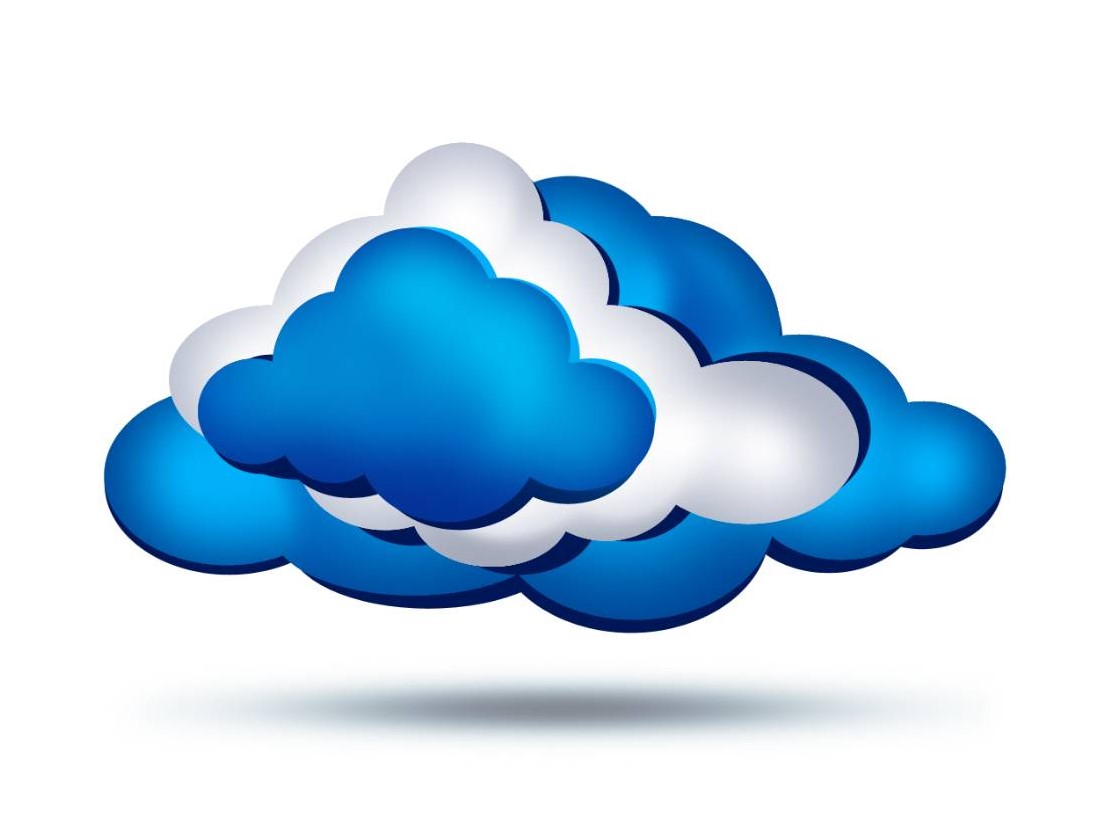Cloud computing provides numerous advantages for businesses. Among the most significant are agility, cost efficiency, data retrieval, and the ability to create new applications and services to address evolving customer demands.
However, despite these advantages, cloud technology can be intricate, requiring specialized expertise and adherence to current cloud security protocols. According to a 2020 report, 68% of companies identified misconfiguration as their primary cloud architecture obstacle as they entered 2021. Failure to configure the cloud environment correctly can expose it to cyber threats, performance challenges, and financial consequences.
Utilize One Platform for Cloud Monitoring
Many businesses maintain on-premise infrastructure, and when they transition to the cloud, integrate this existing setup with the new cloud environment. One of the best practices for cloud monitoring is to utilize a cloud monitoring platform capable of merging metrics from your current systems through SLA, SNMP, IP, or other standard protocols with those gathered from the cloud via API. This software should be adept at standardizing cloud data alongside traditional metrics, treating them equivalently to data from other sources.
When your data is consistent across all devices and systems you monitor, you achieve comprehensive visibility into your applications and network. Ensure you understand cloud visibility requirements and set up a trusted system. Cloud visibility measures how much an enterprise can monitor its cloud computing infrastructure, assets, resources, and expenses.
Centralize Your Monitoring
As your organization grows, so does the number of cloud providers you utilize. If each provider requires different monitoring tools, you have multiple dashboards to monitor simultaneously. This isn’t only inefficient but can also lead to information overload and make it difficult to identify potential issues quickly.
Centralizing your cloud monitoring through one platform enables easier management and simplifies troubleshooting processes as you have all the data in one place. You can also customize alerts and notifications based on specific metrics or combinations of metrics, ensuring that any problems are promptly addressed.
Monitor the End-User Experience
Your cloud monitoring platform should seamlessly integrate with your end-user experience tool to offer vital insights on the timing and manner of user interactions with an application on the cloud. Monitoring end users reveals the utilization of your network and furnishes data on the performance of your digital infrastructure. The cloud monitoring solution you select should enable you to personalize alerts according to your business requirements.
For example, you could establish an alert for users encountering delays in response time within a specific region for a critical business application. Furthermore, the cloud monitoring platform must be capable of producing response time data and integrating it back into the system. The IT department can then utilize this data to configure alerts and respond promptly to any issues.
Monitor Consumption Levels
Keep an eye on how much cloud services are used and their influence on the rest of your IT setup. Ensure your cloud resources grow along with your business needs. Track billing charges as one of the metrics to manage costs effectively.
The cloud monitoring platform notifies you about your approximate credit balance, credit usage, and charges incurred for the ongoing and previous billing periods. Ensure your cloud monitoring platform enables you to create alerts for sudden service increases or decreases.
Implement Comprehensive Monitoring
Cloud environments present intricate layers, spanning physical hardware, network infrastructure, applications, and data. Successful cloud monitoring demands a holistic strategy that addresses these layers, encompassing:
- Monitoring infrastructure: Oversee the performance and well-being of physical servers, VMs, and related hardware.
- Network monitoring: Track bandwidth utilization, latency, and packet loss to facilitate smooth data transmission.
- Application monitoring: Monitor software and applications for potential performance or user experience disruptions.
- Security monitoring: Employ security-focused monitoring to identify and address threats promptly.
Endnote
Overseeing cloud infrastructure and applications is crucial. Cloud monitoring tools and services equip organizations with the necessary visibility and insights to maintain peak performance, security, and compliance of their cloud resources. As cloud computing becomes more prevalent, organizations must establish a strong cloud monitoring plan. This plan should encompass choosing the appropriate tools and services, defining monitoring guidelines, and educating staff on effective methods.
